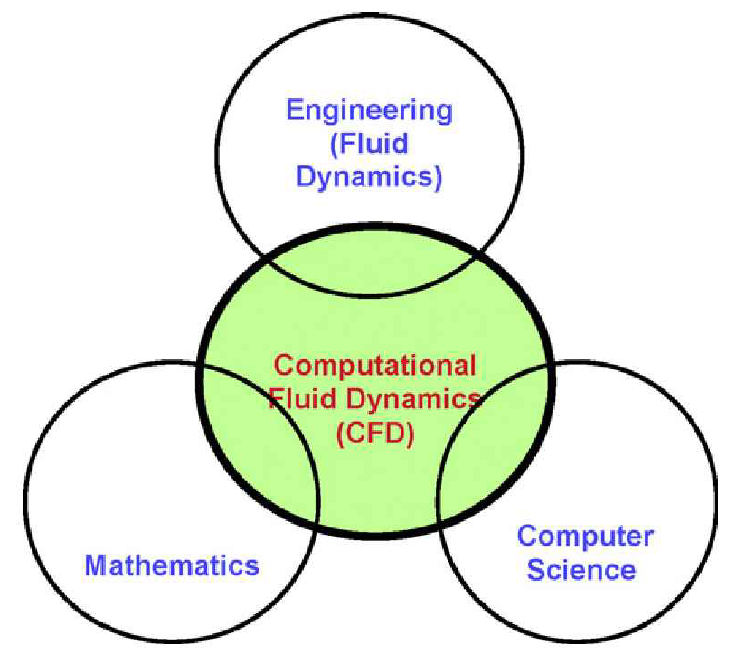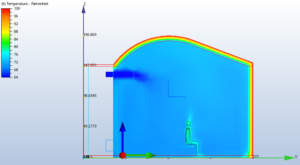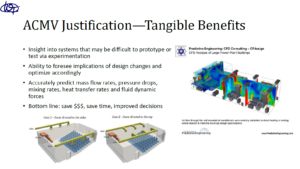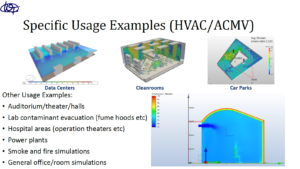As promised from last week, here is an example of computational concepts being heavily applied in engineering analysis.
CFD (Computational Fluid Dynamics) is an emerging multidisciplinary field that combines concepts and expertise from fluid dynamics, mathematics, and computer science. Initially known only by the aerospace industry, the field has since become ubiquitous in many other areas, such as but not limited to process, chemical, and environmental engineering. Currently my approach to learning CFD has been from the perspective of applications for HVAC, so hopefully I will get to add a new portfolio entry somewhere down the road this year regarding that.
To convert the mathematical equations (usually partial differential equations, or PDEs) that quantify the physical characteristics of fluid motion into a form processable by a computer, algorithms using high-level programming languages are used. A particularly striking example of this is OpenFOAM, which is an open-source CFD toolbox written in C++ with additional features for solving problems such as acoustics, solid mechanics, and electromagnetics. This, hence, encompasses the ‘computational’ part of CFD: the code helps with the study of fluid flow using numerical simulations to solve the equations as accurately as possible.
Outside of academia, however, CFD is rarely performed by manually typing inputs into such a toolbox. Due to time constraints and user convenience considerations, many prefer to use commercial CFD and multiphysics packages such as ANSYS Fluent or Autodesk CFD. There are many out there on the market, each with their own strengths, features, and pricing schemes; you may contact me for a consult regarding detailed comparisons about each solution, as trying to compare everything yourself can get messy and overwhelming really fast.
Below is a quick screenshot from a thermal comfort simulation under summer design conditions that I performed using a version of Autodesk CFD:
And here are a few sample slides from a presentation I did for Winter ACMV where I justified obtaining CFD capabilities and compared the different options on the market.
Hope that was a nice and quick introduction to what CFD is, and how a basic computational principle applies to it! There is so much more to discuss, such as the details of the many benefits of CFD and the actual process of setting up a CFD simulation (geometry, mesh generation, post-processing, etc) but all that is way too much for one blog post, so I will do my best to cover a little bit more to create some interest in due course.
Cheers,
Shwe
Main Sources:
www.cfd-online.com
Tu, J., Yeoh, G. and Liu, C. (2013). Computational fluid dynamics. Amsterdam: Elsevier/Butterworth-Heinemann.






Trackbacks/Pingbacks